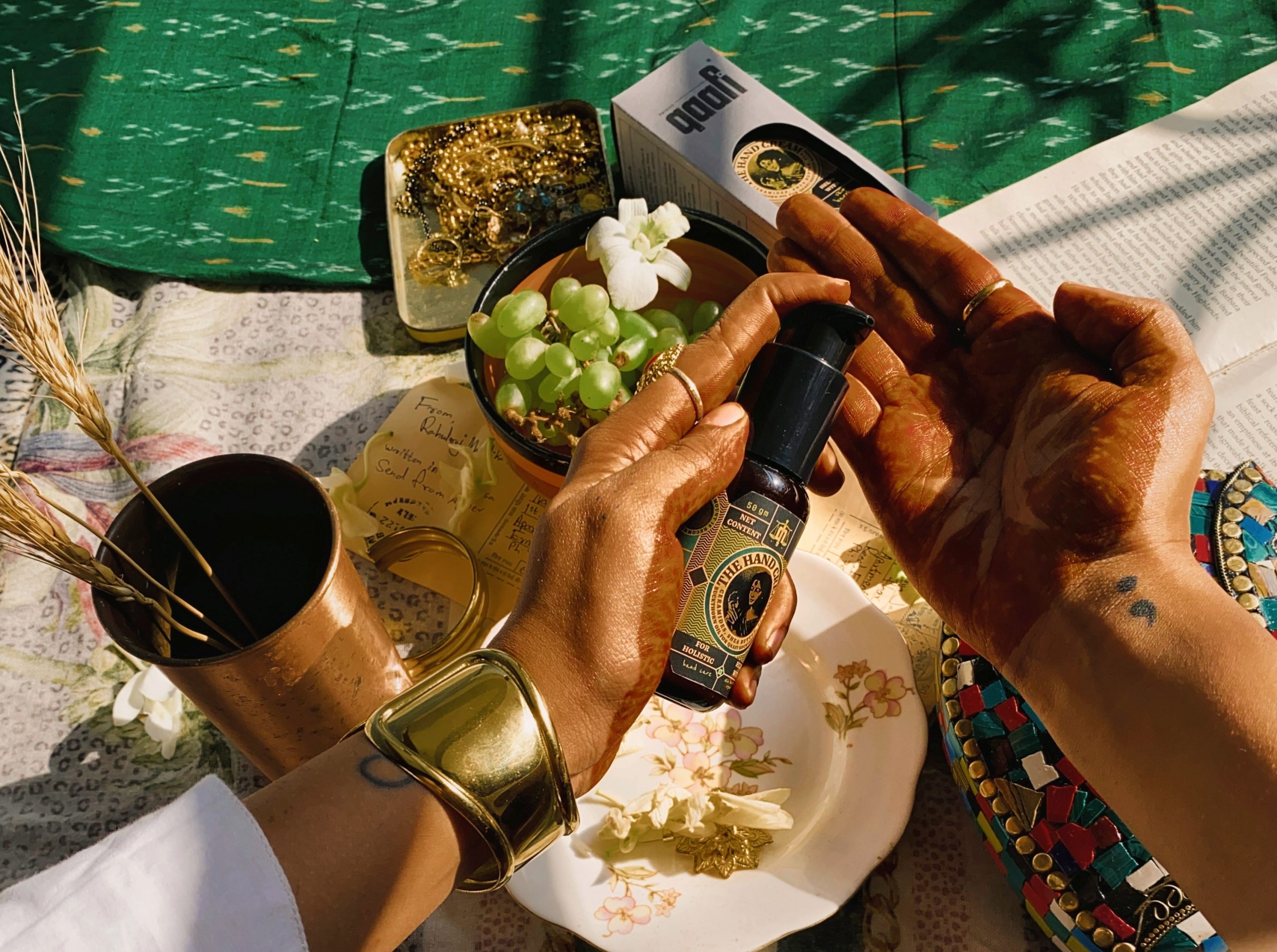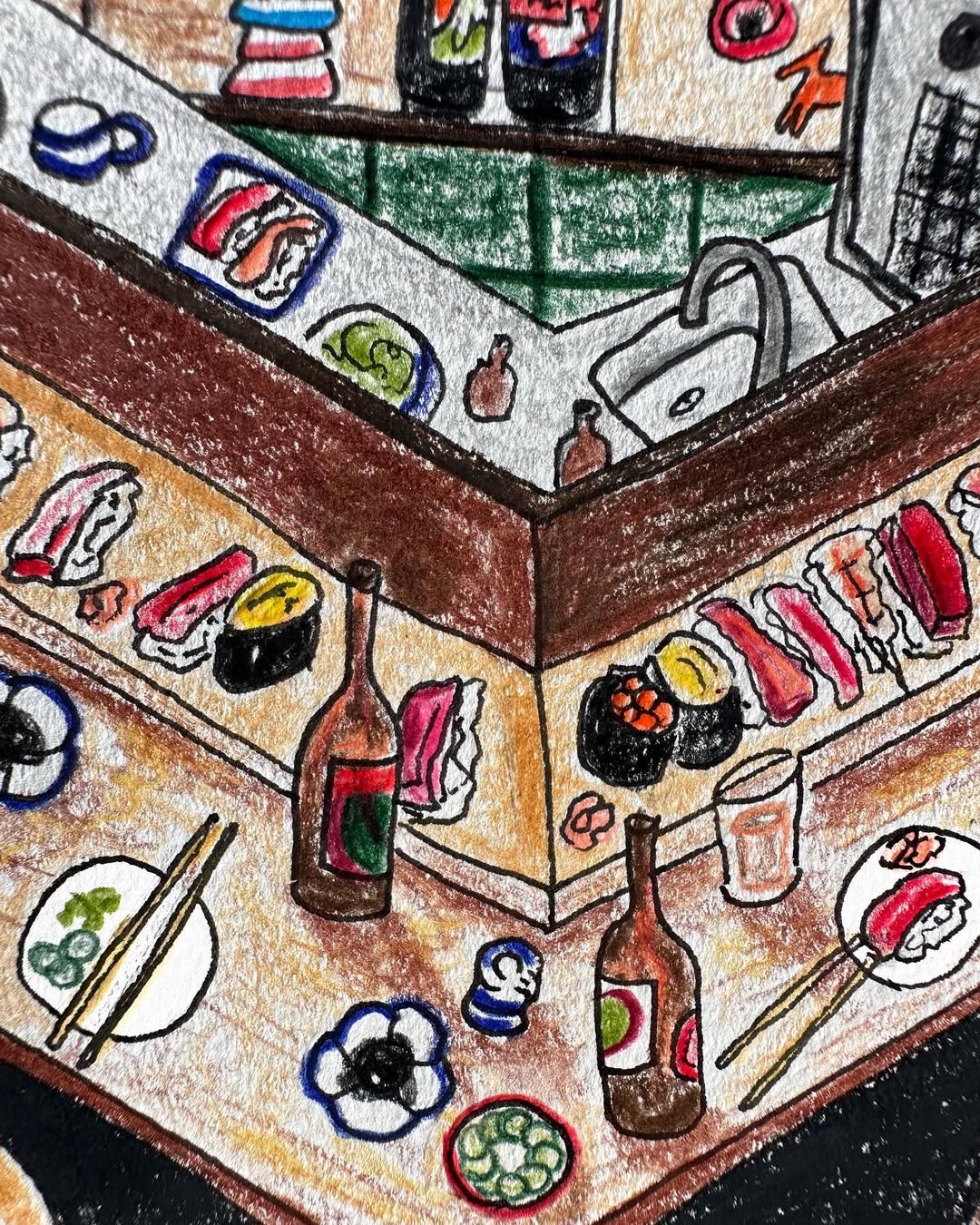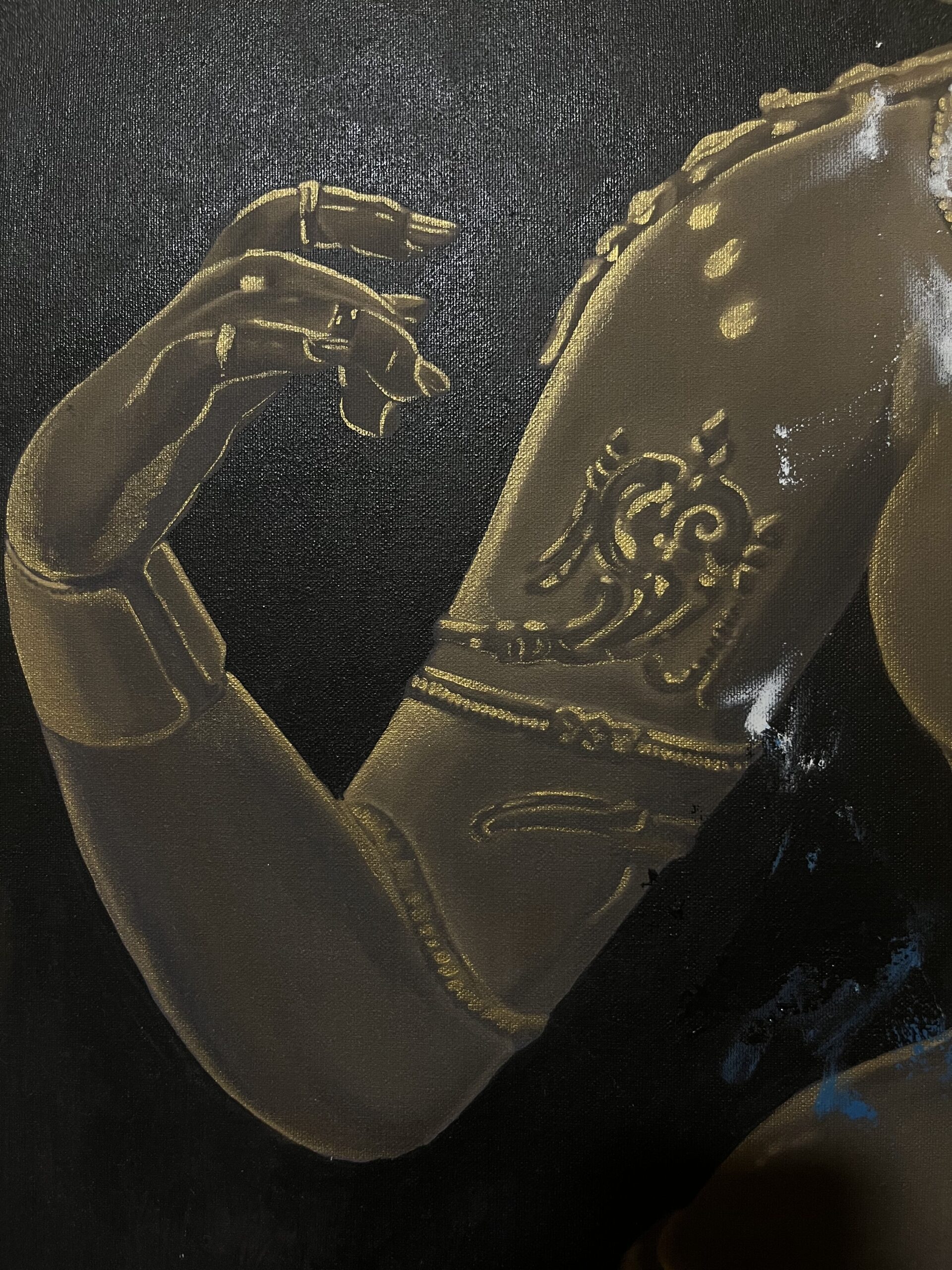Brand Psychology 101 is a series of short articles written by Ojasvin Nagpal, a business associate and consultant, capturing and bringing to light the unique and interesting ways brands often leverage the consumer’s subconscious thinking patterns and psychological wants/needs in order to sell their products.
Brands across industries have started using innovative tactics to boost business. One of these techniques involves tapping into behavioural cues to retain customers. And, as it happens, Starbucks, the world’s biggest chain of coffee shops, is right at the forefront of it.
Starbucks offers its beverages to customers in cups of different sizes. However, where it differs from others is that it ditches the usual Small-Medium-Large for Tall-Grande-Venti-Trenta. Now, I know this sounds pretty silly and inconsequential! How could using your own terminology, and that, too, for something so trivial help your business?
But, if you’re a seasoned customer at Starbucks, you’d know that this is just one of the several areas where Starbucks uses its own jargon. Referring to macchiatos as “marble” and mochas as “zebra” is also part of the same playbook. Additionally, Starbucks also uses its own grammar, in that its staff has a particular order in which they describe drinks. They say each beverage’s size before its syrup and the preferred milk before the primary drink.
What effect does this have on customers? You see, as customers repeatedly visit Starbucks, they get accustomed to using the brand’s unique lingo. They begin to feel part of a specialised community and over time, start associating the brand with beverages (or whatever else it is that they buy from there).
This creates a feeling of shared values and belonging among them and makes them more likely to buy from Starbucks in the future. Now, Starbucks isn’t the only brand that deploys such ingenious tactics to forge customer loyalty.
Ever heard of CrossFit?
A simple Google search would reveal that the internet is littered with specialised workout-related terminology invented by CrossFit. WOD for Workout of the Day; AMRAP for As Many Rounds As Possible; EMOM for Every Minute on the Minute are all part of CrossFit’s glossary that’s now been adopted by others. Another example is that of Cult.Fit, who’ve also taken a leaf out of CrossFit’s playbook. If you’ve ever attended a class there, you must be familiar with their end-of-the-class ritual involving members huddling up and yelling “We are Cult!”.
Again, this is an attempt on Cult’s part to instil a sense of loyalty among members by making them feel like they’re a part of the same tribe.
So, the next time you’re at Cult and yell, “We are Cult!”, keep in mind that if you end up doing it often enough, you will be.
Words by Ojasvin Nagpal
Cover Image via Shutterstock





